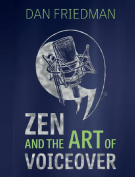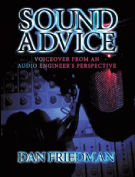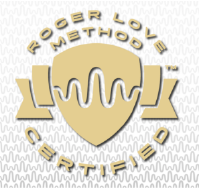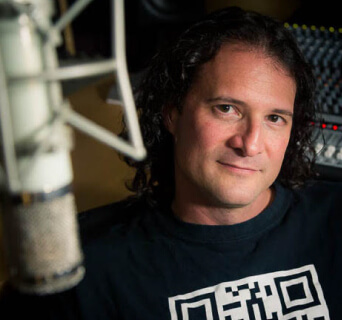
The ability to use proper microphone technique to bring out the best in your voice is indicative of a true voice over professional. Learning and utilizing proper microphone technique is incredibly helpful when it comes to editing, mixing and producing great voice overs. For a voice talent, knowing how to: avoid plosives, adjust for dynamics, and “work” the microphone so that it will enhance the emotion of the delivery are essential skills. Expertly applying these skills helps a recorded voice track fit into a mix almost effortlessly.
General Mic Positioning
Your proximity to the microphone, how near or far you are to it, affects the microphone’s frequency response. Your axis to the microphone – how centered or off center you are to the diaphragm – affects frequency response as well as how well the microphone captures your voice depending on its polar pattern. Naturally the dynamics of your delivery affect the microphone as well.
Note: “Frequency response” refers to the lows and highs in the tone of your voice (like bass and treble on a stereo) and “Polar pattern” refers to the space around the microphone’s diaphragm that picks up sound. A microphone for voice over typically (although some are adjustable) utilizes a cardioid polar pattern. Imagine a space the size and shape of a large pumpkin around the grill of the microphone: this is a cardioid pattern. “Dynamics” refers to how loud or soft your voice gets while reading a script.
Each microphone, no matter what type you are using, has a sweet spot. This is the place in proximity to the sound source where the microphone generally sounds its best. In large diaphragm condenser microphones the sweet spot is generally about 6 to 8 inches away from the diaphragm (fig. 1). This is often where your voice will sound its most natural relative to the ability of the microphone to reproduce that sound accurately.
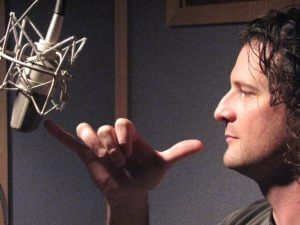
When using a large diaphragm condenser, position yourself about 6-8 inches away from the microphone with the diaphragm slightly off center (left or right, whichever feels comfortable – fig. 3) and above your mouth (fig. 2). If your voice sounds too “nasally” try moving the microphone lower or higher. Tilt the microphone slightly backwards so that the air coming from the mouth and nose doesn’t hit the microphone’s diaphragm directly, but at an angle. Tilting the angle of the microphone helps to diffuse the impact of the air which helps to avoid plosives. This initial position will work for more common voice overs such as straight-forward announcer, narration, and promotional reads.
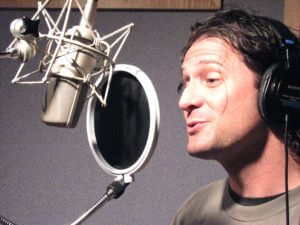
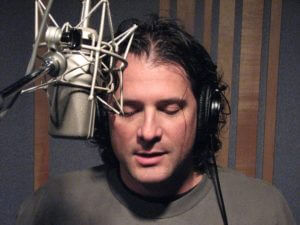
Getting Creative
For more creative script scenarios, treat the microphone as you would someone’s ear. For a voice over that is intimate, don’t be afraid to move in closer. Getting closer to the microphone will enhance the lower and higher frequencies of your voice, which is perfect for whispery, breathy, romantic or seductive reads. For reads that require projection, such as a shouting car spot or a voice over where you are supposed to sound as though you are calling out from another room, it is best to turn away or increase the distance between you and the microphone. In this type of scenario, creating physical distance during recording makes the scene sound more natural when mixing. In some situations, you can even move to the back side of the microphone.
Avoiding Plosives
One basic but very important element to good microphone technique is being able to restrain plosives. Hard consonants such as “t” and “p” can cause the diaphragm of the microphone to “pop”. At worst, this “pop” can potentially damage the microphone and at best it is a guarantee that another take will have to be done. Plosives can also occur at the ends of words where a consonant requires an expulsion of air such as with “f”. Tilting the microphone backwards, as previously described, can help but there are also several other techniques and tools for avoiding plosives such as: skewing your mouth or head away from the microphone, understating the consonant, using a “pop filter” (fig. 4) and/or using a “wind sock”. Be aware that when using a wind sock (this is a foam cover that goes over the head of the microphone), the sound of the microphone can be somewhat altered. High frequency response and sibilance is often diminished and therefore proper technique in combination with a pop filter is a much better solution.
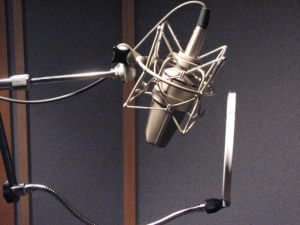
Buy a TLM103
Good technique takes practice. Record yourself reading various types of copy from various distances in proximity to your microphone. By doing this, you will learn how your microphone is affecting your voice under various conditions and how it improves, or impairs, your ability to communicate the intended feeling that goes with the message.

 In the spirit of mobility, I would like to introduce the Sound4VO mobile app! Sure, you can use it to hear
In the spirit of mobility, I would like to introduce the Sound4VO mobile app! Sure, you can use it to hear 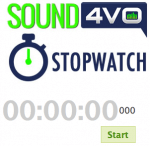


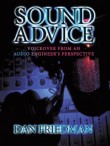 October 4th – Home Audio Studio Guru, Dan Friedman and Booth Camp’s own, Joe Loesch will conduct a one day voice over workshop in Nashville at Creative License, Inc. 5532 Maplesong Drive. They’ll tackle topics every voice actor needs to hear. Plan to join two of the nations most sought after coaches on this special day!
October 4th – Home Audio Studio Guru, Dan Friedman and Booth Camp’s own, Joe Loesch will conduct a one day voice over workshop in Nashville at Creative License, Inc. 5532 Maplesong Drive. They’ll tackle topics every voice actor needs to hear. Plan to join two of the nations most sought after coaches on this special day!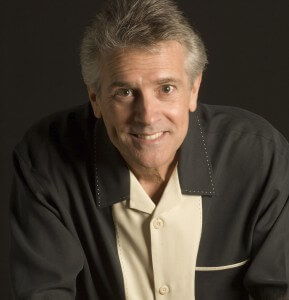 Joe Loesch will share the latest innovations from IK Multimedia and unique ways to set up your portable studio on-the-go. You’ll learn how to incorporate the use of a teleprompter app for your online projects and auditions. Joe and Dan will put you through the paces of an audio audition. Record, playback and critique.
Joe Loesch will share the latest innovations from IK Multimedia and unique ways to set up your portable studio on-the-go. You’ll learn how to incorporate the use of a teleprompter app for your online projects and auditions. Joe and Dan will put you through the paces of an audio audition. Record, playback and critique.
